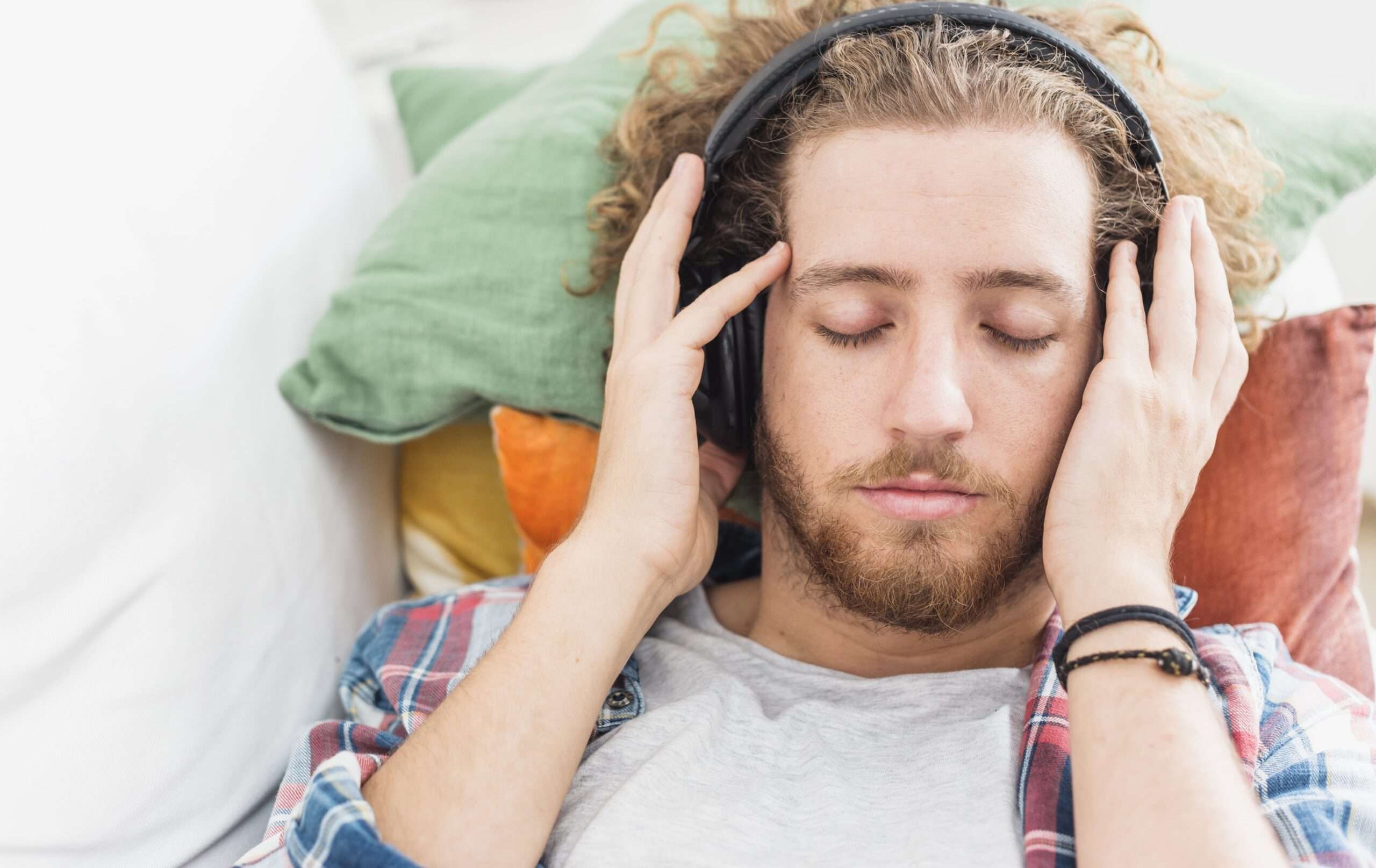How To Sleep With Earplugs And Still Hear Alarm

Sleep Soundly with Earplugs: Unveiling the Secret to Restful Nights & Wakeful Mornings! Discover how to block out noise with earplugs while still hearing your alarm. Master the art of peaceful slumber and never miss a beat!
Selecting the Right Earplugs:

Earplug Variety:
There is a wide range of earplugs available, offering diverse options to suit individual preferences and needs. From foam to silicone and electronic earplugs, each type provides distinct features and benefits, catering to different environments and personal comfort levels. Exploring the variety of earplugs allows users to find the perfect fit for a peaceful and undisturbed sleep experience.
Comfort & Noise Reduction:
Whenever selecting earplugs, comfort is essential, especially if you intend to use them for prolonged periods of sleep. With their soft and gentle texture, foam earplugs provide a comfortable fit for many users. They adapt to the shape of your ear canal, providing an adequate barrier against noises that might disrupt your slumber. Silicone earplugs take comfort to the next level by offering a more personalized fit.
Perfect Fit:
A well-fitted pair of earplugs is essential to maximize their effectiveness. Proper insertion is crucial for creating an airtight seal that keeps external disturbances at bay. Before inserting the earplugs, roll or compress them to make insertion easier. For them to expand and take on the contours of your ear canal, hold them in your ears for a short while. This guarantees a tight fit and stops earplugs from coming out while you’re trying to sleep.
Creating a Suitable Sleep Environment:
Noise Reduction:
Minimize external noises before using earplugs by addressing sources of disturbance in your bedroom. Utilize heavy curtains, white noise machines, or fans to dampen outside sounds, promoting a peaceful sleep environment.
Optimal Room Conditions:
Adjust your sleep environment for improved sleep quality. Ensure darkness with blackout curtains, maintain a comfortable room temperature, and enhance airflow using open windows or air purifiers for a more restful slumber.
Implementing Relaxation Techniques:
Incorporate relaxation practices into your bedtime routine to ease into a peaceful state of mind. Try deep breathing, progressive muscle relaxation, or guided meditation to reduce stress and promote better sleep. These techniques prepare your body and mind for rejuvenating rest.
Setting an Effective Alarm System:
Reliable Alarm:
To kickstart your day on time, ensure you have a reliable alarm clock or smartphone app by your side. Investing in a trustworthy alarm system is crucial to avoid oversleeping and maintain a consistent wake-up routine. Check for features like multiple alarms, snooze options, and battery backups to ensure you won’t miss your morning call.
Gradual Volume Increase:
Ditch the jarring wake-up calls and opt for alarms with gradually increasing volume. This gentle awakening approach helps you transition from sleep to wakefulness more smoothly. The slow crescendo of sound prevents abrupt awakenings, reducing the chances of morning grogginess and setting a positive tone for the day ahead.
Alarm Tone Experimentation:
Listen to music that makes you happy as you wake up. Find the alarm tone that wakes you up the best by experimenting with various alarm tones. The right alarm tone can make your mornings more enjoyable and effective, whether it’s a calming melody to help you wake up or an upbeat song to energise your senses.
Placing and Removing Earplugs Properly:
Inserting Earplugs with Precision:
Master the proper technique for inserting earplugs before bedtime. Roll or compress the earplugs, gently insert them into your ear canal, and hold in place for a few seconds to ensure a snug fit that blocks out disruptive noises and provides maximum effectiveness.
Keeping Earplugs Secure:
Ensure your earplugs stay in place throughout the night. Properly fitted earplugs should maintain a comfortable and secure position, allowing you to sleep peacefully without worrying about them falling out.
Safe Earplug Removal:
To safely remove earplugs in the morning and prevent any discomfort or potential ear damage, ensure you gently twist them out of the ear canal without pushing them further inside.
Implementing Safety Measures:
Easily Accessible Alarms:
Position your alarm clock or smartphone within easy reach from your bed. This ensures you can quickly turn it off or hit the snooze button without fumbling in the dark, helping you start your day smoothly.
Backup Alarm System:
Plan for contingencies by having a backup alarm system in case of earplug failure or any technical issues with your primary alarm. This precaution guarantees you won’t oversleep and miss important commitments.
Alarm Response Training:
Train your body to respond to the alarm even with earplugs. Develop a consistent wake-up routine, and condition yourself to wake up promptly when the alarm goes off. With practice, you’ll become more responsive to your alarms, ensuring a timely and hassle-free awakening.
Developing a Bedtime Routine:
Establish a regular sleep schedule, embrace pre-sleep activities like reading or relaxation techniques, and put a priority on healthy sleep hygiene by making your environment sleep-friendly, limiting your caffeine intake, and getting regular exercise. You’ll get better quality sleep, more wakefulness, and overall wellbeing if you incorporate these routines into your evening routine.
Conclusion:
Hence, developing a method for using earplugs while sleeping while ensuring that you can still hear the alarm requires a multifaceted approach. By selecting the right earplugs based on comfort and noise reduction level, creating a suitable sleep environment that minimizes external noises, and implementing an effective alarm system with gradually increasing volume and different tones, you can enjoy undisturbed and restful nights. Additionally, proper earplug placement and removal techniques, along with safety measures like accessible alarms, backup systems, and alarm response training, guarantee a smooth waking experience. Moreover, developing a consistent bedtime routine encompassing sleep schedule consistency, pre-sleep habits, and healthy sleep hygiene promotes overall well-being and daytime alertness. By incorporating these practices into your sleep routine, you can achieve a harmonious balance between peaceful slumber and waking up refreshed, ready to embrace each new day with vitality and vigor.



